Singing Watermelons
Our cornerstone development is a family of compact, spherical loudspeakers — omnidirectional, multichannel, ambisonic, or beamforming — opening up vast possibilities for spatial sound creation and experimentation.
The lighthouse of sound
These instruments project precisely directed beams that sweep through space, shaping sonic sculptures that move and transform within a room — making spatial sound feel alive and tangible.
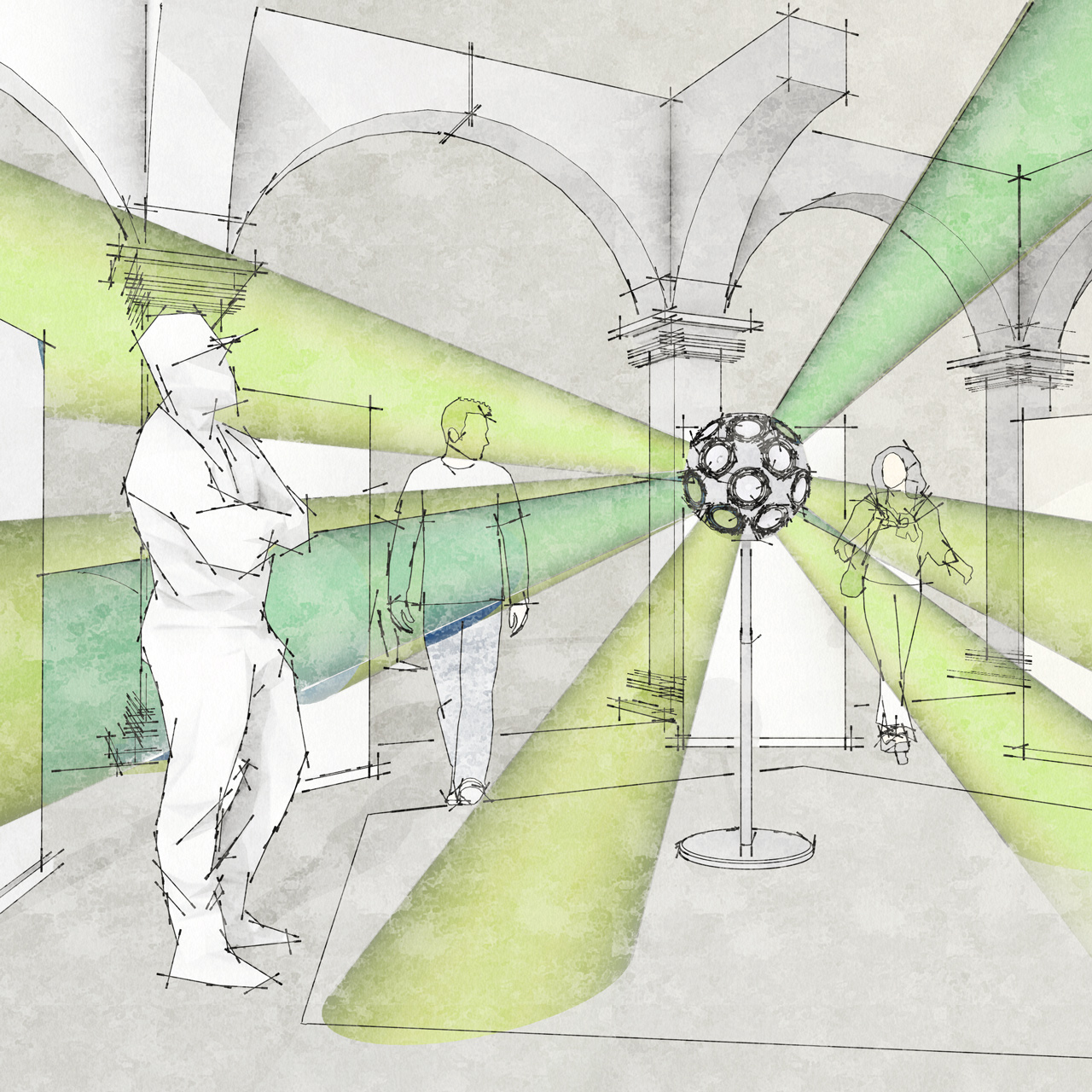
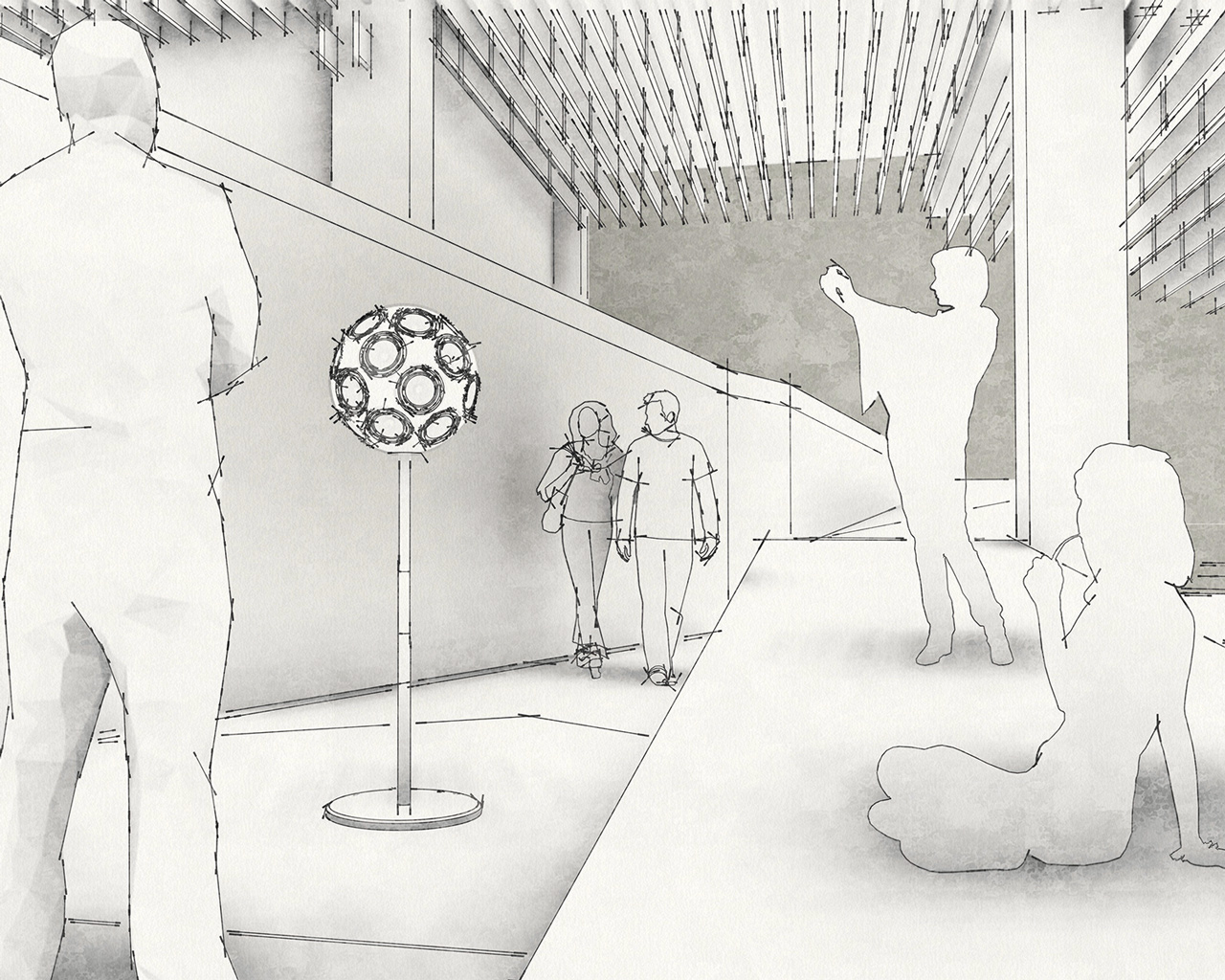
With architecture,
not against it
Unlike conventional systems, you don’t hear the speaker itself — you hear sound interacting with the architecture, creating evolving sonic sculptures.
Forget the sweet spot
Unlike conventional surround systems, the experience is not limited to a narrow sweet spot. Listeners are invited to explore the entire sound field, with the environment acting as a co-creator rather than an obstacle.


Portable spatial sound
Conventionally, spatial sound systems used to be permanent installations, requiring large, acoustically-treated spaces, days of rigging, and a truck to carry.
Singing Watermelons are the opposite — fitting into just a couple of travel cases, they enable mobility for live-performing sound artists or touring installations.
With a totemic character, they organize the space around them, creating interesting social dynamics, and facilitating listening together.
Our design principles
We prioritize adaptability and affordability, enabling more practitioners to engage with spatial sound, on their terms.
The instruments have been parametrically designed as a family, and are built to order offering additional customization.
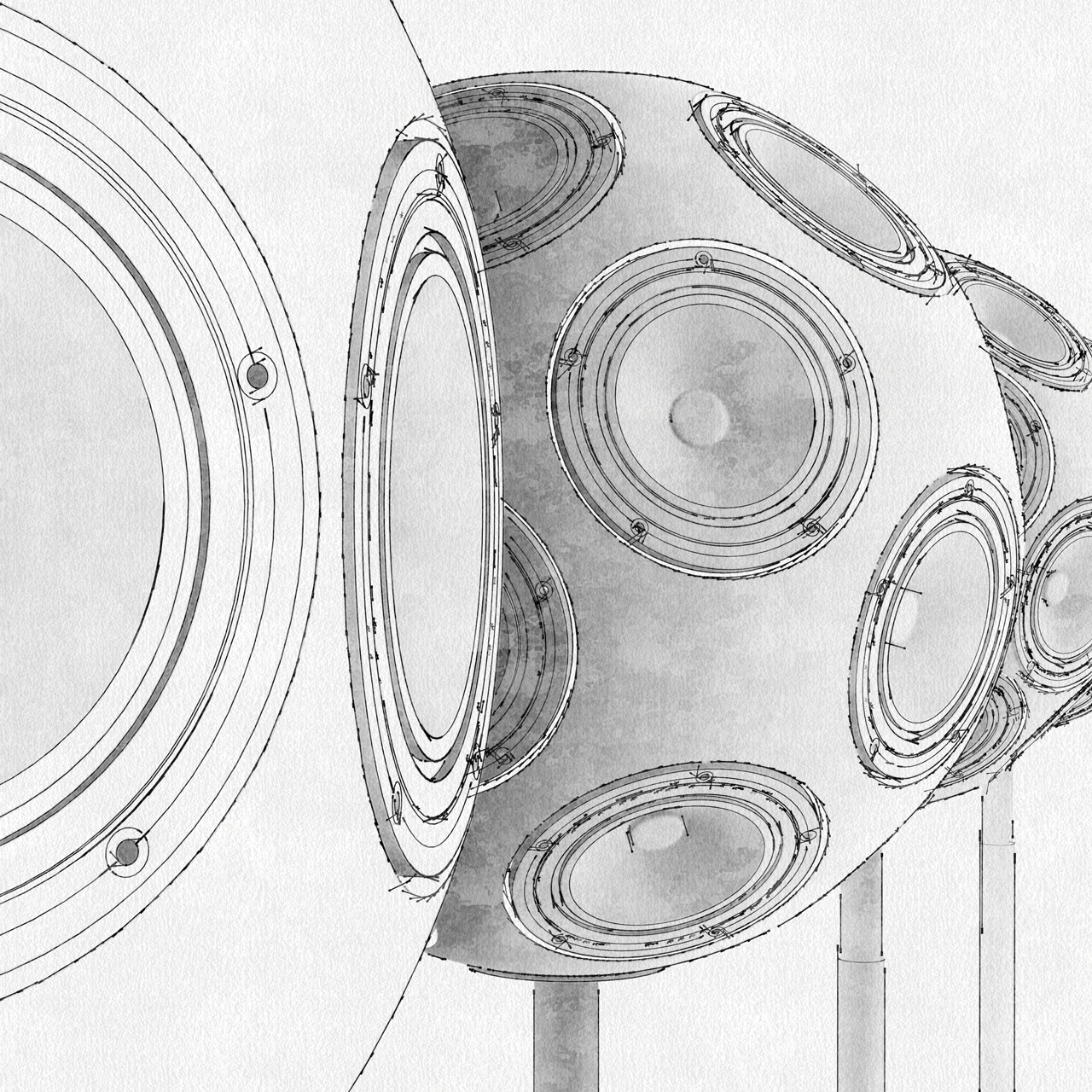
Meet the family
Slovox Watermelons come as a family, all sharing their principal design, but with a varying form factor, range, precision and radiation power. Each of these models comes with a matched Juicebox amp rack.
5.0" Range — The Nimble
Dazhbog is a solar deity, giver of wealth and sunlight in Slavic mythologies. These our our most portable instruments with their low end extending to about 75 Hz. Think of the violas in an orchestral setting.
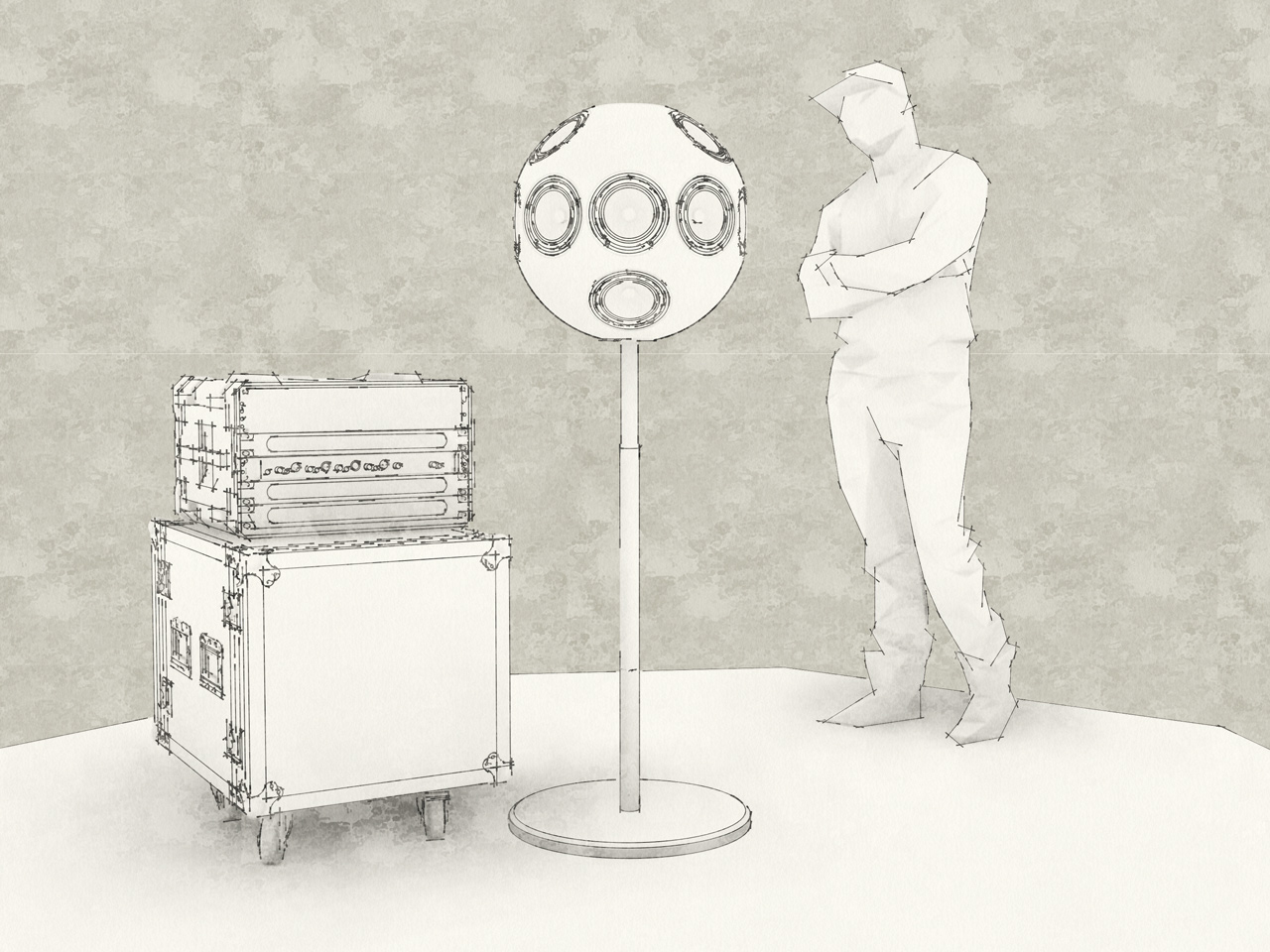
Dazhbog 16
16 small drivers in a 3-9-3-1 layout for those looking for affordable and portable personal spatial sound.
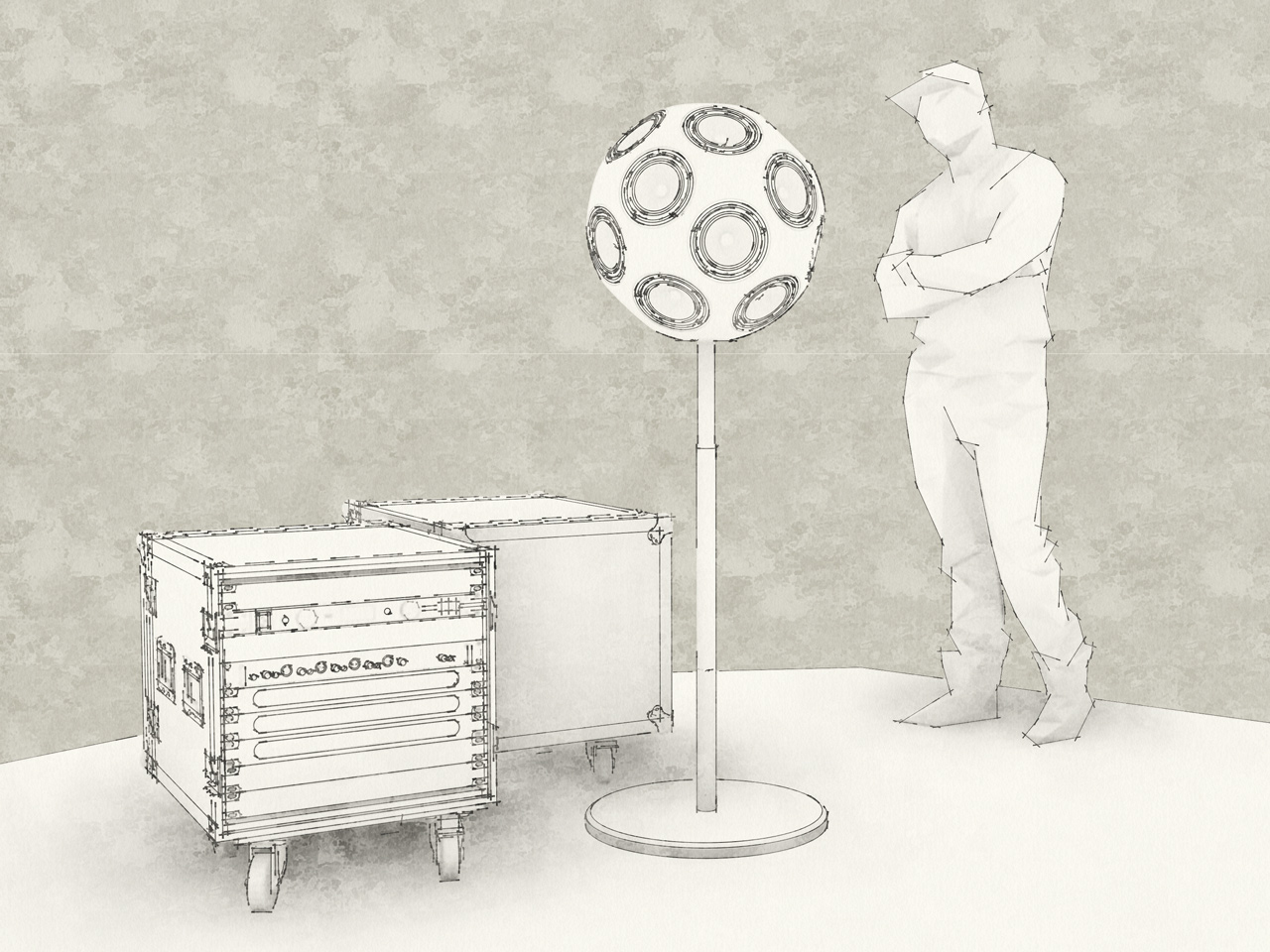
Dazhbog 21
21 small drivers in a 5-5-5-5-1 layout provide a slightly higer vertical resolution in a compact form factor.
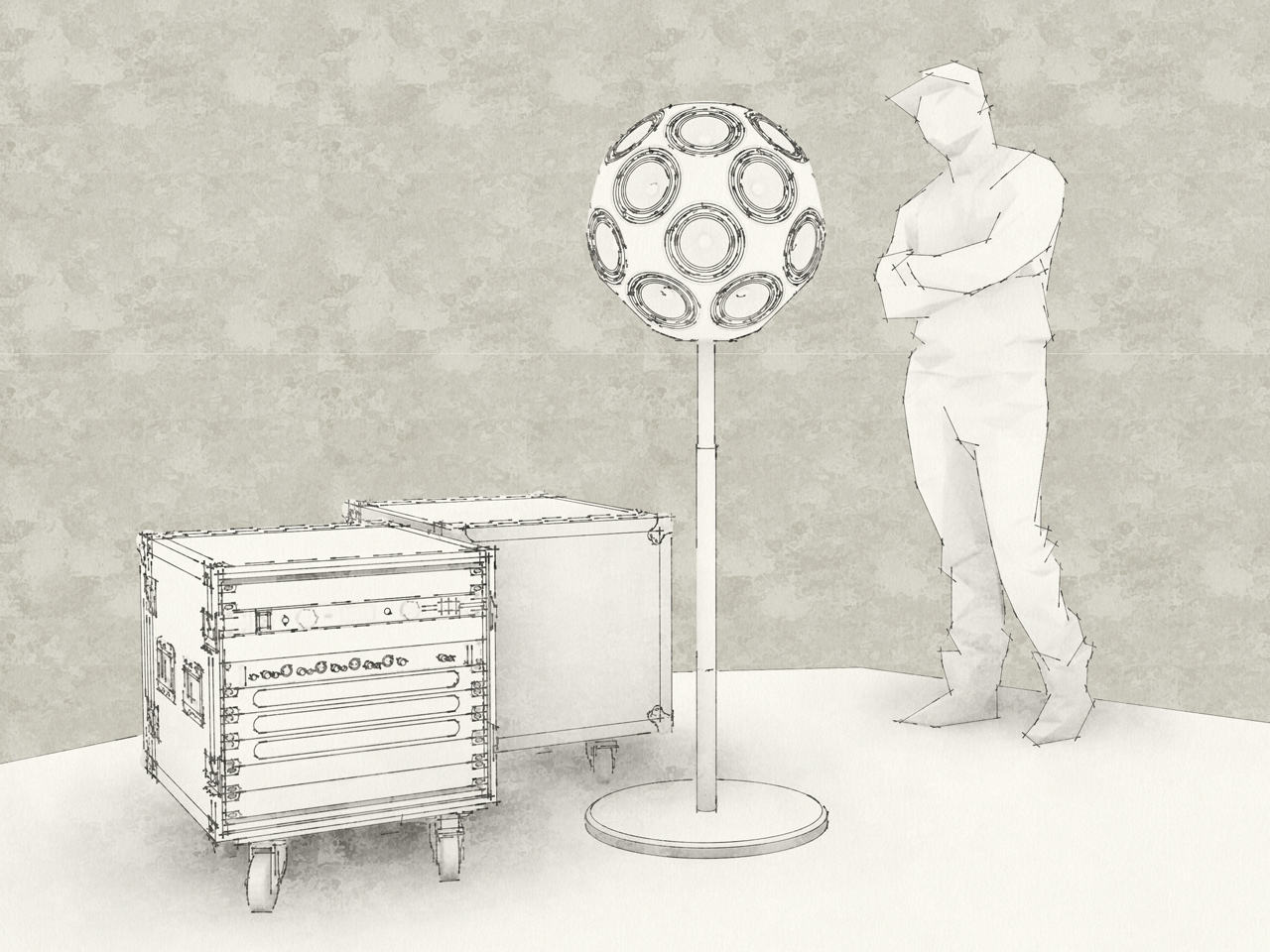
Dazhbog 24
24 small drivers in our preferred 6-6-6-6 layout offer a great resolution, while maintaining a compact form factor.
6.0" Range — The Potent
Svarog is a god of celestial fire, blacksmithing, and creation. These are our firstborn instruments with low end extending to a bit below 60 Hz — closer to chellos in an orchestral setting.

Svarog 16
With 16 drivers in a 3-9-3-1 layout, this instrument makes a dent while staying in on affordable 16ch amping scheme.

Svarog 21
With 21 drivers in a 5-5-5-1 layout, it offers a balanced blend of precision, power and portability.

Svarog 24
24 drivers in our preferred, 6-6-6-6 layout offer a great resolution and decent radiation power.
6.5" Range — The Supergods
Veles is the god of earth, waters, underworld, magic, and music. Perun — of thunder, lightning and sky. These are our largest and most powerful instruments, going below 50Hz. Think of a double bass family.
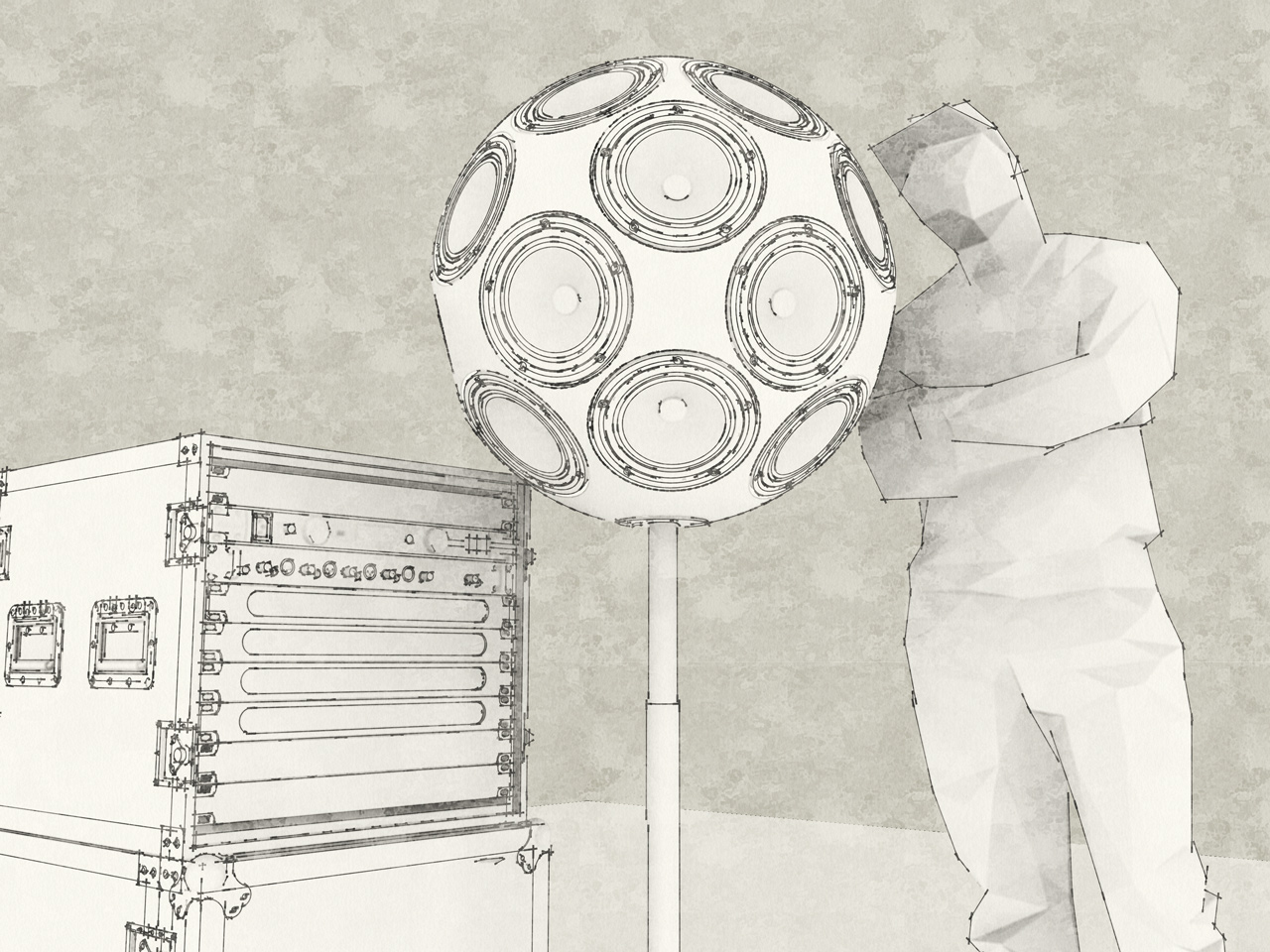
Veles24
24 drivers in 6-6-6-6 layout bring precision, a much larger radiation area, and even more extended low end than its smaller sibling.

Perun24
24 drivers in a 4-8-8-4 layout for maximized horizontal and vertical resolution. The supergod.
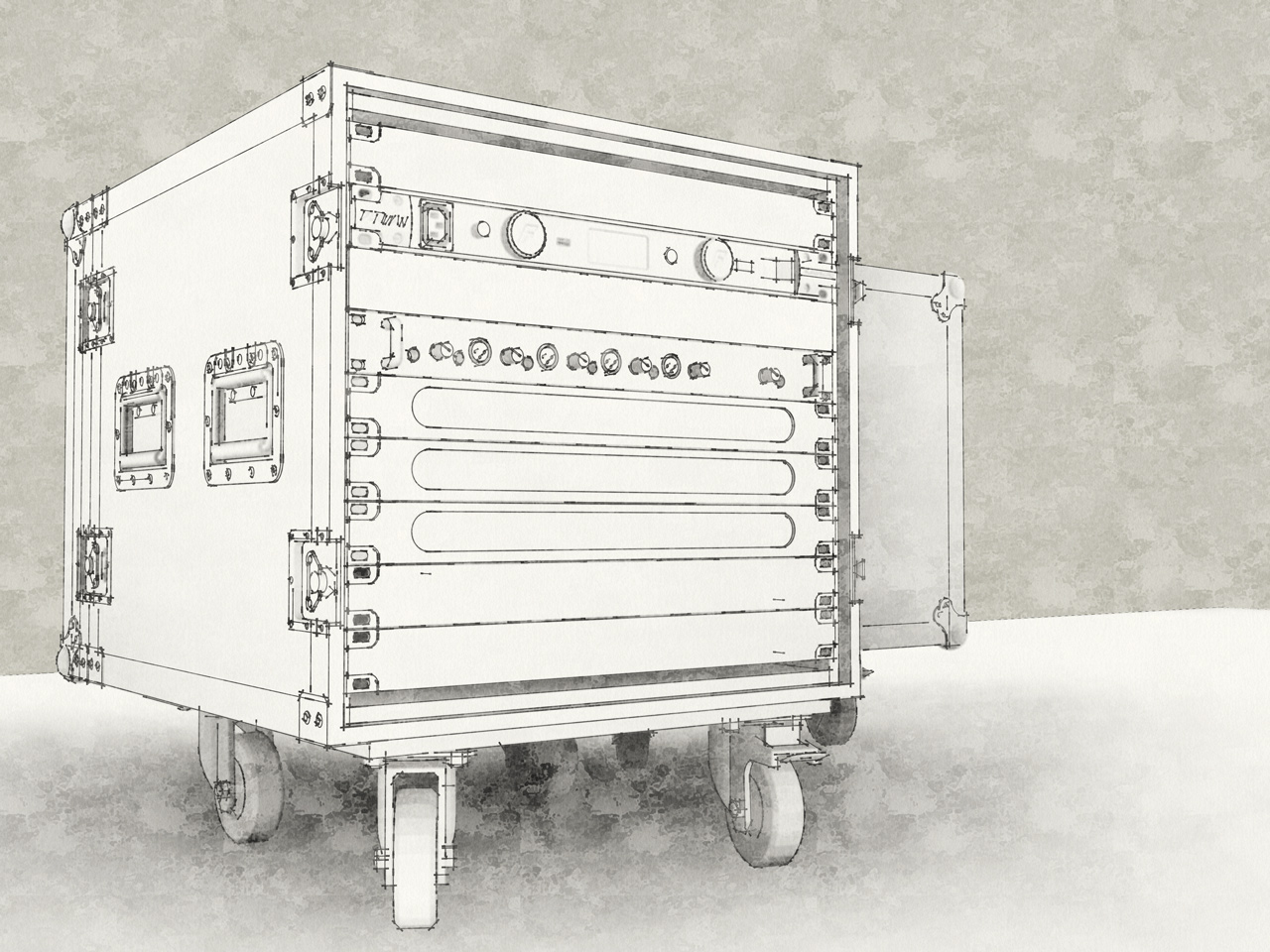
Even bigger?
We initially started with designs of 7.5" models. Which turned out to be a bit too much, so are waiting for their call.
Which one is for you? Find your fit!
Take a 3-minute interactive quiz to identify which instruments might work for you. Ready?
Standing on the shoulders of giants
This project wouldn't be possible without years of pioneering research at IEM Graz, and the work of Franz Zotter, Stefan Riedel, Matthias Frank, Gerriet Krishna Sharma, and others.
Their work not only realized the long-held dream of reproducing the spatial character of real instruments, as once envisioned at IRCAM, but also opened avenues for orchestrating space and beamforming with the IKO and several DIY offshoots. For us, it's been an inspiration, invaluable foundation and… the beginning.
Born out of fascination for beamforming
For us, the project began with fascination for beamforming — one of the most advanced method of creating and controlling sound beams pioneered by IEM's research team.
Conversations with practitioners quickly taught us that people want to use these tools creatively, in ways we hadn’t expected — but which are entirely possible with our hardware.

Beamforming
A higher-order ambisonic stream is decoded using IEM's beamforming approach to get the most directionality and control over sound beams across a range of frequencies.

Ambisonic
Encode your sound with existing software like IEM's plugin suite, IRCAM's Spat, etc… into a higer-order ambisonic stream, and decode to our Watermelon, enabling 3D diffusion with basic directivity.

Multi-channel
Use each of individual speaker in the enclosure as a discrete channel. This enables simple, intuitive DAW or live workflows, and experimenting with your compositions freely, in a creative, unexpected ways.

Volumetric
It is possible to use multiple speakers distributed in space to enable fully holophonic diffusion, for example using 4DSound's engine, Logelloop's Acousmonium, IRCAM's SPAT, or XP4Live.

Omni
Use our Watermelons as a powerful omni source. One signal is fed to all speakers, producing uniformly distributed sound field. If you like.
Scatter
A spin-off of Singing Watermelons applies the same design principles to a conventional outside-in sound system, bringing spatial audio to a wider range of spaces and scenarios. This project is already designed and slated for development and testing later this year.

Juicebox
Our compact, portable multi-channel control and amplifier racks power both systems, delivering robust performance and exceptional value.
Ordering Process
Q&A
The Last Ear
Slovox is the R&D lab of The Last Ear, a platform dedicated to restoring the art of listening in an age of engineered distraction.
Our work is grounded in attentive sovereignty, creative collaboration, and the belief that listening is a radical, essential act for the future. Every project is an invitation to advance the art and science of listening — not just musically, but humanly.




